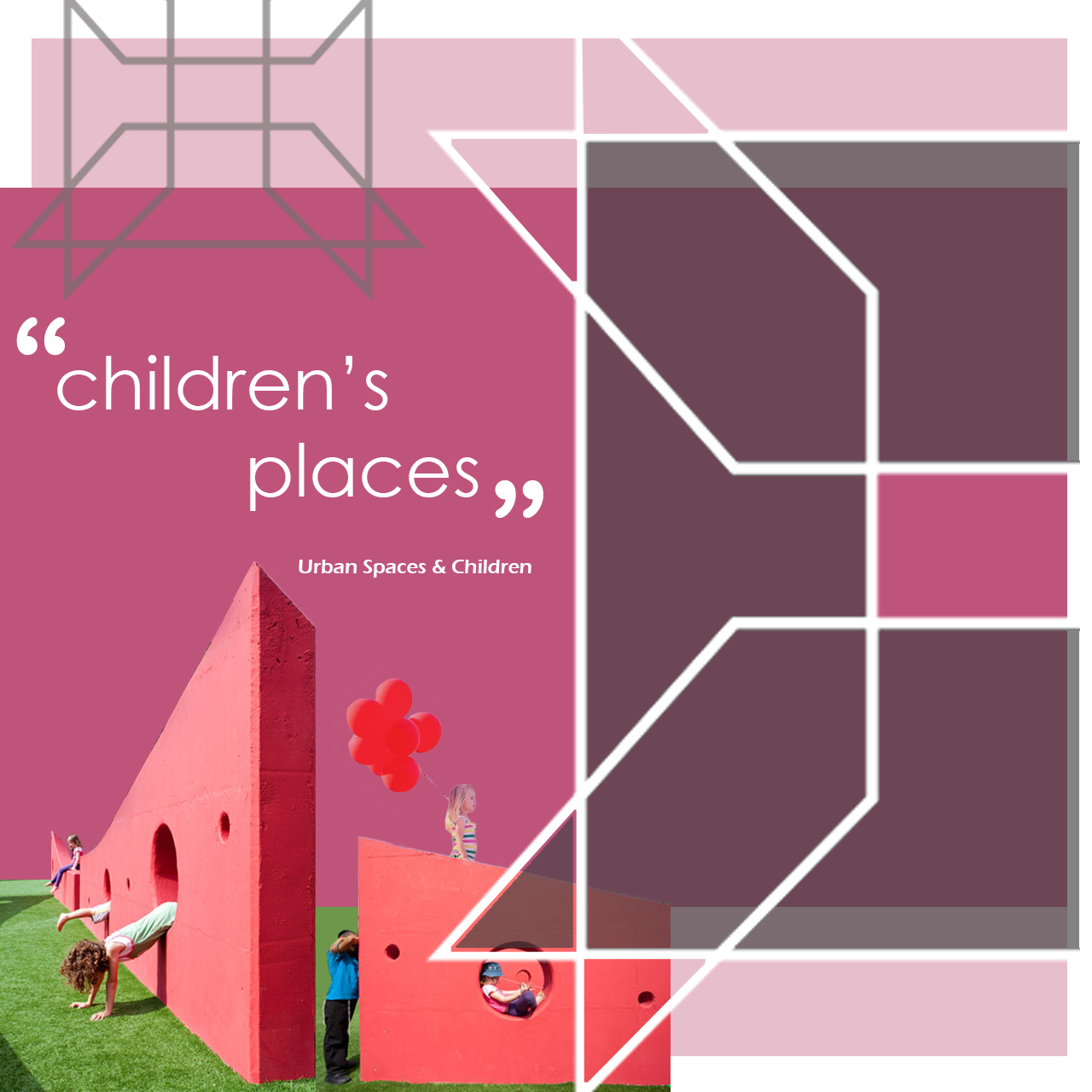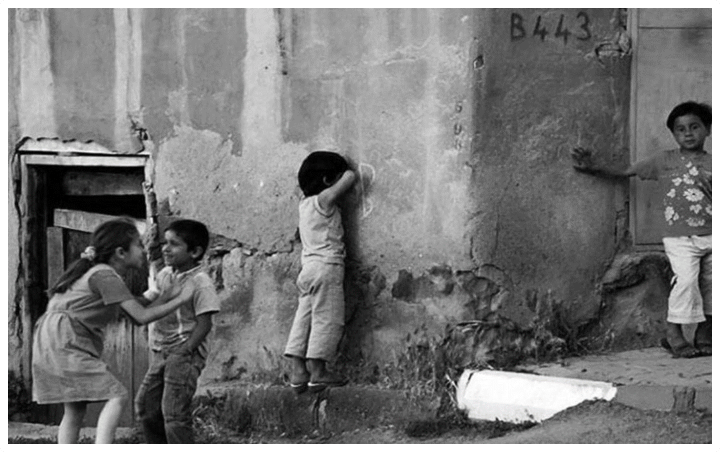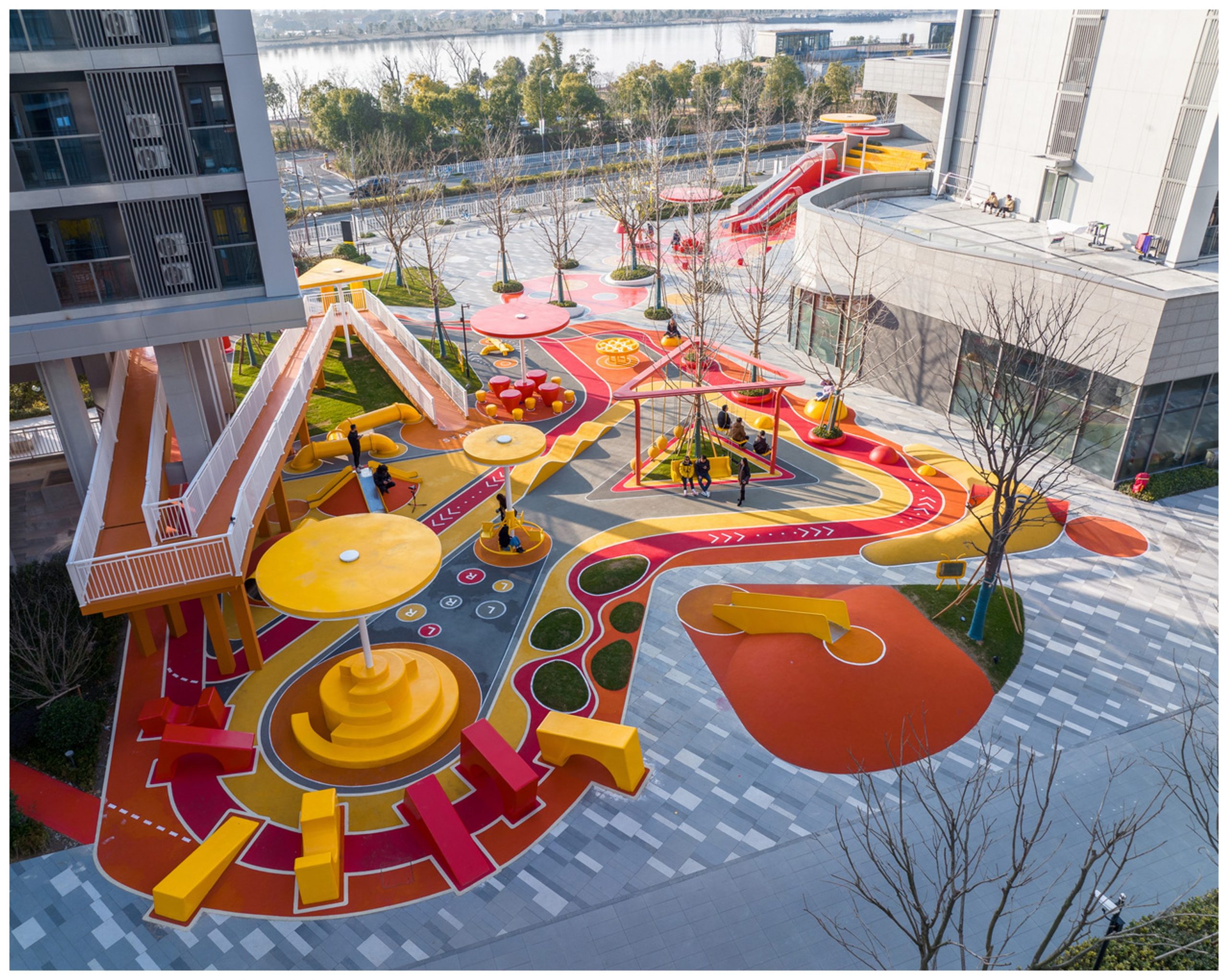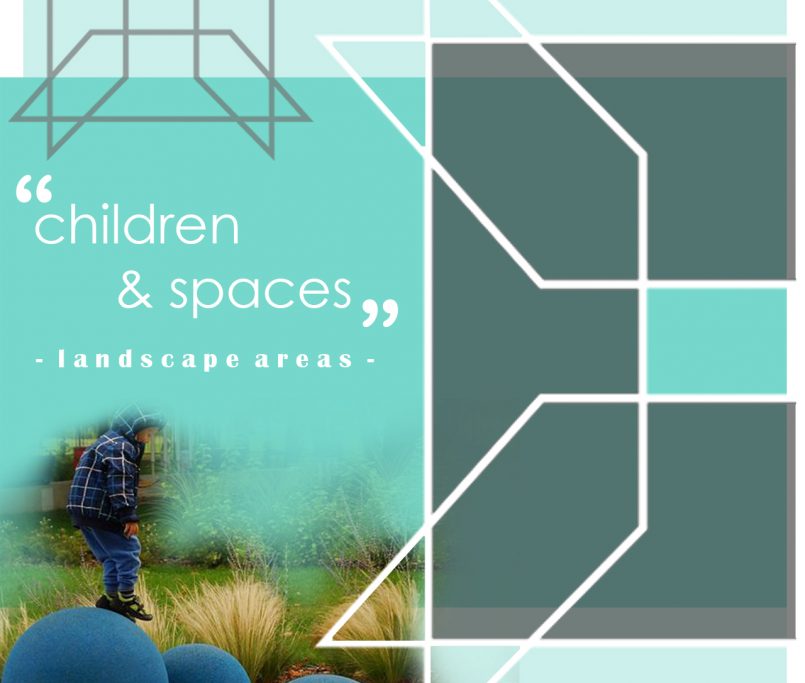Children’s Places – Urban Areas & Children
The environment where children spend most of their time, such as the streets they walk on, the front of their houses or urban parks, offer important opportunities for them to create their own play worlds. Throughout history, children have been able to use their surroundings as various play spaces, depending on their perception of the environment.
Children explore spaces through observing, touching, and smelling all the elements around them. Children’s spaces are like a part of an infinite world that is open to exploration and redefinition. The way children use a space can be influenced by various factors such as color, scent, sound, space scale, lighting factors, and sense of belonging to the place.
Half-Mile-Long Public Park: Superkilen
In the city of Copenhagen, Denmark, the Superkilen design creates a half-mile long public space. Along the street, many striking elements have been included to catch the eye. This street also includes play features and activity areas designed to capture children’s interest and enhance their experiences in the city.
A Park Inspired by Pixels:PixeLand
Today, the concept of safety has become an important factor in designing children’s time in the city. Inspired by pixels, Pixeland brings together play elements for children and landscape elements for parents to relax in one space. At the same time, pixel groups around the space provide a natural security environment for children by utilizing the existing levels of the area. The design, which is part of the topography, also allows children to explore the organic texture of nature.
Fun Public Park:Doodle Park
Designed as a part of a large-scale urban plan, this public park takes inspiration from children’s hand drawings in China. Located between building blocks, the area provides opportunities for play and activities, as well as relaxation and sports.
A Pleasant Color Pathway:Paint Drop
In this urban design project in China, various color droplets and arches placed at different angles are used as design tools to transform an ordinary street that people pass through in their daily lives into an interesting and engaging space for children. The colors are turned into jumping areas and the arches become climbing structures, creating a sense of play and adventure. This design intervention aims to increase children’s awareness and engagement with their urban environment.
A Fun Toy for the City:Pegasus Trail
Designed as an urban playground, this public entertainment space aims to provide opportunities for play activities not only for children but for everyone. Surrounded by a dense cityscape, the area offers open and accessible entertainment facilities for all. The site includes play trails and various activity routes that support physical and cognitive skills. Additionally, the project features play equipment designed with varying levels of difficulty to cater to different age groups of children.
Triangles Equipped With Different Functions: Hang Out
In the New Bund area of China, we see a design aimed at enhancing social interaction in a square surrounded by a busy business center. This project is a strong example of public space, aiming to attract children’s attention and enable them to discover new spaces through the concepts of sun, shade, height, scale, and color. In addition, this area, which can also attract the interest of parents, aims to promote the effective use of the environment.
A Fun Public Space in China: Magma Flow
Designed with bright colors inspired by magma, this design consisting of shades, slides, and rest areas differentiates a street with commercial blocks. Thus, a colorful and fun space where both children and adults can spend time with different functions has been created. One of the most important features of the project is to reflect the differences in elevation in the space in a pleasant way within the design.

















